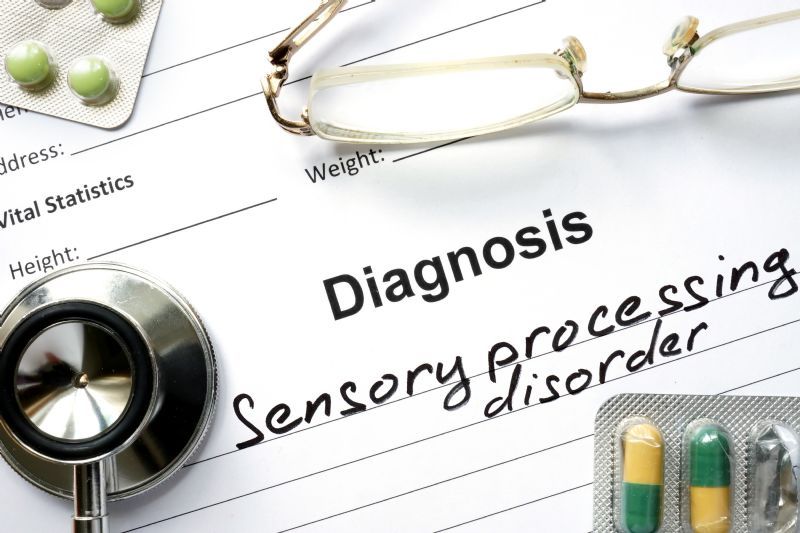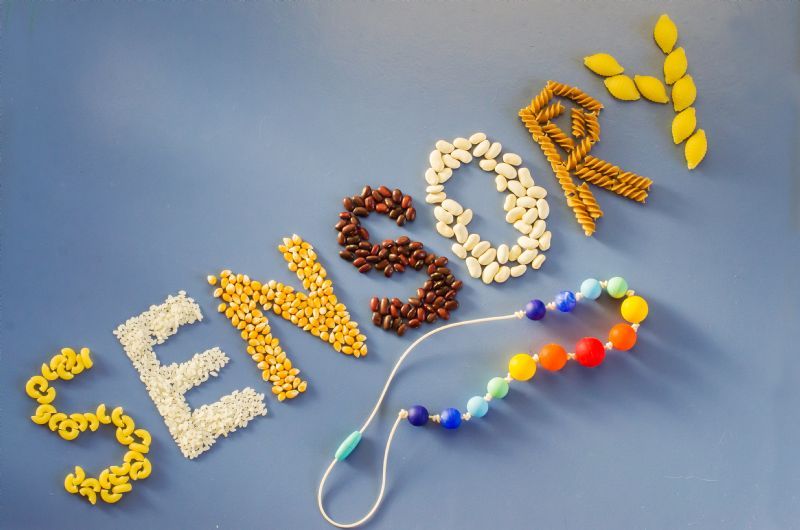 Written by Mike Price, OT
Written by Mike Price, OT
Sensory Processing Disorder (SPD), a condition characterized by difficulties in how the brain receives and responds to information from the senses, presents unique challenges for affected individuals and their families. Those dealing with SPD often ponder a crucial question: is there a cure? The straightforward answer is, as of now, no definitive cure exists for SPD. However, that doesn't mean individuals with SPD are left without options for managing and improving their sensory processing abilities.
SPD affects an estimated 5-16% of school-aged children in the United States, with many of these effects lasting into adulthood. While the condition can't be cured, occupational therapy, specifically Sensory Integration Therapy, has shown benefits in helping individuals manage and improve their symptoms. This therapy involves customized, structured sensory activities to help the brain better interpret sensory information. It’s crucial to acknowledge that SPD symptoms vary greatly from person to person, and therefore it is necessary to develop personalized treatment plans to address and improve symptoms effectively.

Sensory Processing Disorder (SPD) is a neurological condition where the brain struggles to process information from various senses. This could relate to any one or more of the senses, like touch, taste, smell, sight, or hearing. While SPD is typically identified in children, it's essential to note that adults can also face this challenge, highlighting its broad-reaching impact across age groups.
Often, a key indicator of SPD is an individual's unusually intense or severe reaction to specific sensory stimuli. For instance, a child might display hypersensitivity towards certain sounds or textures that others might find ordinary. Conversely, the absence of an expected reaction to sensory stimuli could also signal SPD. Signs such as poor balance, coordination issues, or constant restlessness may also indicate this disorder. Therefore, it becomes vital to notice these behaviors, as they can provide crucial cues for early diagnosis and effective management of SPD.
Various treatment options can substantially alleviate its impact and equip individuals with effective coping mechanisms. Therapy, particularly occupational therapy involving sensory integration, is often employed as a successful strategy. Through this approach, individuals learn to mitigate the negative effects of SPD and develop skills to handle sensory stimuli better.
Moreover, the severity of SPD often tends to decrease as the individual grows older and their neurological development progresses. Interventions geared toward teaching children how to interpret and respond to stimuli in healthier ways can yield significant benefits. This strategy improves their immediate responses and provides lifelong tools for managing sensory challenges, contributing to overall development and well-being.

A sensory diet is a practical and effective strategy often used in conjunction with therapy to help manage a child's SPD in their day-to-day life. Contrary to what the term may suggest, a sensory diet isn't about food. Instead, it's a personalized plan of specific activities to help children maintain optimal focus and daily engagement.
The value of a sensory diet lies in its potential for seamless integration into home or school routines, making it a treatment approach worth considering for individuals with SPD. Carefully selected by therapists, these activities can greatly aid in managing sensory issues. They can help the child find and maintain their just right state, enhancing their ability to participate in everyday tasks and activities.
Weighted products, like blankets and vests, are essential therapeutic resources for SPD. These items provide deep-pressure tactile input, offering a sense of calm and security. They empower children to explore and understand their body's responses to sensory stimuli safely and comfortably, enhancing their coping mechanisms. From snuggly weighted blankets for a restful sleep to vests for focused classroom sessions, these tools can make a significant difference.
 | Adult Weighted Blanket View Product |
Available in various styles, sensory seating is specifically engineered to aid SPD patients by enhancing their vestibular input. Children diagnosed with SPD often exhibit behaviors such as restlessness and incessant squirming. However, with the introduction of a sensory chair, they can discover the balance and movement they require, leading to noticeable improvements in focus, attention, and comfort. It's worth mentioning that these chairs don't exclusively benefit those with SPD – they also present a unique opportunity for individuals seeking to enrich their sensory experiences.
 | Protac SenSit Sensory Chair Set View Product |
Light-Up Toys and Furniture are intended to help those with SPD who have difficulty interpreting visual cues. These items, equipped with lighting features, generate pleasing visual effects that can diminish unease and foster tranquility.
 | Spinning Light Switch Toy by Enabling Devices View Product |
Tactile sensory toys allow children, particularly those with sensory processing challenges, to explore different tactile sensations in a managed setting. These toys engage the sense of touch, providing various textures and sensations that can be comforting and stimulating. Comparable to weighted products in their therapeutic function, they offer a safe space for kids to understand and get accustomed to diverse touch-based stimuli.
A broad range of sound-based toys and tools support children in their journey to understand and process sounds. These resources are an essential part of pediatric auditory stimulation that aids children in refining their auditory skills and managing sensory input effectively. For children experiencing auditory processing disorders, noise-canceling headphones can be particularly beneficial. These headphones can lessen the intensity of loud or disruptive noises, providing a more balanced and comfortable sound environment.
 | Band Jam Audio Stimulation Toy View Product |
Navigating life with SPD is challenging, but knowing that many strategies and tools are available to improve sensory processing abilities is essential. Among the discussed tools and interventions, therapies such as Sensory Integration Therapy play a significant role. Additionally, a personalized sensory diet comprising a structured plan of activities can be a game-changer for maintaining focus and daily engagement for individuals with SPD.
Remember that SPD symptoms vary, and it’s essential to tailor treatment plans and choose appropriate sensory tools accordingly. The discussed tools and others can be instrumental in fostering a supportive and comfortable environment. Empower yourself or your loved ones by exploring more resources at Caregiver University, and check out the Multi-Sensory category page for a deeper dive into available sensory tools.

Co-Founder of Rehabmart and an Occupational Therapist since 1993. Mike has spent his professional career working in multiple areas of Occupational Therapy, including pediatrics, geriatrics, hand therapy, ergonomics and inpatient / outpatient rehabilitation. Mike enjoys writing articles that help people solve complex therapeutic problems and make better product choices.